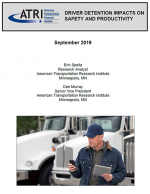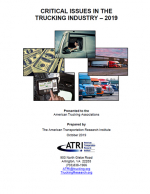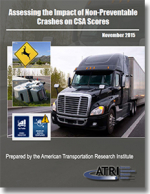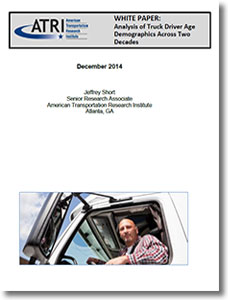Analysis of Truck Driver Age Demographics Across Two Decades
To address these findings, the industry will need to develop a program that specifically targets younger generations of workers with appropriate messaging, including the benefits of a career in trucking.
While the U.S. labor market has nearly recovered from the Great Recession, employment gaps still remain.
Of the 155.9 million people in the U.S. civilian labor force, 146.9 million are employed and 8.9 million are unemployed.
In addition to labor force participants, there are 92.5 million additional persons not in the labor force, a figure that has grown by nearly 2 million people over the past year.
The trucking industry is a large and important component of the U.S. labor force; there are approximately 7 million persons holding trucking-related jobs.
Of those, 3.2 million are employed as truck drivers.3 Since 2010, a benchmark year for the end of the Great Recession, there has been steadily increasing demand for both freight services and the requisite truck drivers needed to move goods throughout the country.
While labor statistics indicate that unemployed persons still number in the millions, the American Trucking Associations currently estimates the truck driver shortage to be 30,000 to 35,000 - with a potential shortage of 240,000 drivers by 2022.4 Furthermore, ATRI’s annual “Top Industry Issues” research has been monitoring the rise of the “Driver Shortage” issue for almost 10 years, and in 2014 the issue rose to a 2nd place ranking.
Underlying Factors in the Truck Driver Shortage
Several factors have helped create a significant driver shortage. Among them are:
- competition within the industry;
- driver qualifications/requirements; and
- workforce demographics.
This report confirms through an analysis of available Census data that the trucking industry has an aging employee base with a shrinking replacement population of younger trucking industry workers.
What’s Related




Favorites





